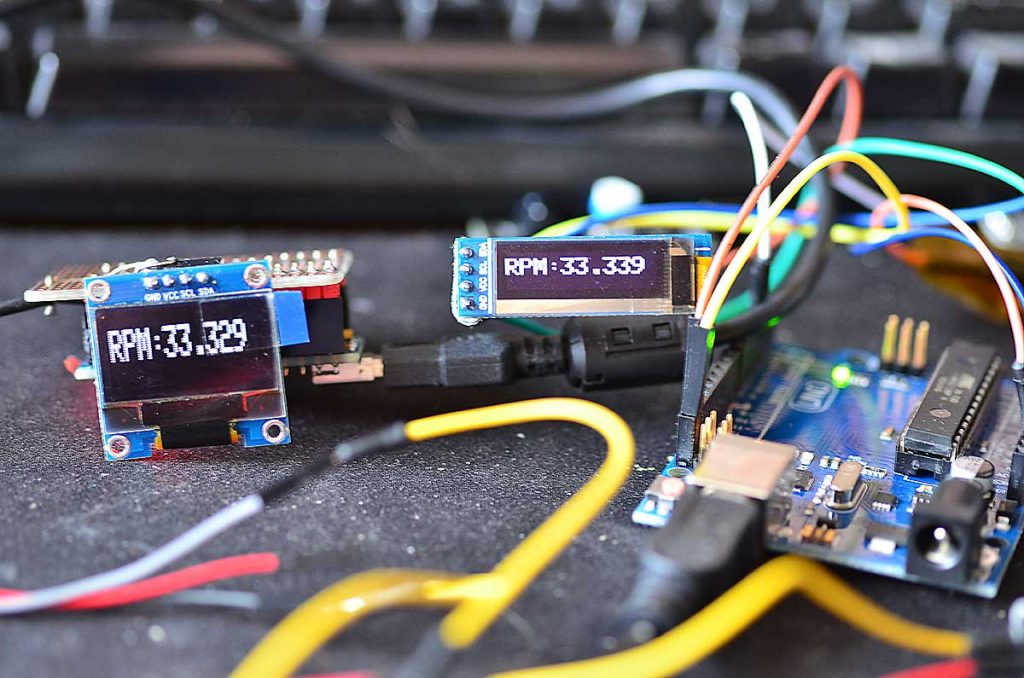
What is Tachometer in Car: Understanding its Role and Importance
Share
When it comes to automotive technology, the tachometer often takes a back seat to more glamorous instruments like speedometers. However, understanding what is tachometer in car and how it functions is crucial for any tech professional or car enthusiast. A tachometer is an instrument that measures the rotational speed of an engine or other machinery components, expressed in revolutions per minute (RPM). In vehicles, this measurement can provide important data on engine performance and efficiency.
The concept of a tachometer has been around for a long time, evolving from mechanical systems to sophisticated digital displays. In modern cars, tachometers are typically integrated into the dashboard and are available in both analog and digital formats. They serve as a vital tool for drivers, offering insights into how the engine is performing and when to shift gears for optimal performance.

The Importance of a Tachometer in Automotive Applications
Understanding the role of a tachometer is essential, especially for those who want to delve deeper into the mechanics of their vehicles. A tachometer allows drivers to monitor their engine speed, which can prevent going into the red zone (high RPM) that could cause mechanical failures. Moreover, it allows for smoother gear shifts, thus enhancing vehicle efficiency and performance.
How Does a Tachometer Work?
A tachometer works by measuring the frequency of electrical pulses generated by the engine. Each cylinder in the engine produces a pulse with each revolution, and the tachometer converts these pulses into a readable RPM value. There are two primary types of tachometers:
- Mechanical Tachometers: These use a flexible shaft connected to the engine's crankshaft. The mechanical rotation drives a needle to indicate RPM.
- Electronic Tachometers: In modern vehicles, these are far more common. They rely on electrical signals from the engine's electronic control unit (ECU)
Benefits of Monitoring Engine RPM
As a tech enthusiast, knowing how to utilize a tachometer can substantially improve both your driving and maintenance strategies. Here are some benefits:
- Performance optimization: By monitoring RPM, you can ensure the engine operates within its optimal range, enhancing performance.
- Fuel efficiency: Shifting at the right RPM can lead to better fuel efficiency, reducing long-term costs.
- Engine safety: Maintaining RPM within safe thresholds can prevent engine damage.
Common Issues with Tachometers
While tachometers are generally reliable instruments, they can occasionally encounter issues. Here are some common problems you might face:
- Inaccurate Readings: This can occur due to faulty sensors or wiring issues.
- Complete Failure: A malfunctioning tachometer can lead to loss of RPM reading, making it crucial to investigate the underlying cause.
- Calibration Issues: In some cases, a tachometer may require recalibration, especially after engine modifications.
Integrating a Tachometer with Other Systems
Many modern tachometers are integrated with other vehicle systems such as the onboard diagnostics (OBD) system. This integration helps in displaying additional information about vehicle performance, making it easier for tech professionals to perform diagnostics and repairs.
How to Wire a Tachometer
For those interested in aftermarket modifications, learning how to wire a tachometer can be an exciting project. Proper wiring not only ensures accurate readings but also enhances the overall functionality of the instrument.
FAQ
What is the ideal RPM range for a car engine?
The ideal RPM range varies by vehicle model, but general guidance is to shift gears around 2,500 to 3,500 RPM for optimal performance.
Can a tachometer help diagnose engine issues?
Yes, if monitored correctly, tachometers can identify irregularities in engine performance, which can be indicators of underlying issues.
Are there different types of tachometers?
Yes, there are mechanical and electronic tachometers, with electronic tachometers being more common in modern vehicles.
For further learning, you might consider checking out what is a tachometer. This resource provides detailed insights into various applications and workings of tachometers.

Conclusion
In conclusion, understanding what is tachometer in car is vital for anyone looking to enhance their knowledge of automotive technology. Tachometers serve an essential role in performance monitoring and engine management. Whether you are a tech professional or a car enthusiast, harnessing the information provided by a tachometer can significantly influence both performance and longevity of your vehicle.
As an Amazon Associate, I earn from qualifying purchases.
